The perception of spatial sound effects is a complex phenomenon. It combines the interaction of acoustic sound waves with the room or space, interaction with our head and ears, reaction of the middle ear and inner ear and audio nerves, and finally the brain's perception and interpretation of sound scenes.
Perceiving sound through headphones is a completely different experience. If we use stereo headset vs speaker as an example, we will find the following main differences:
Channel Serial Number: Stereo Magic
When we listen to the left/right speaker configuration, the signal from the left speaker will reach our left and right ears and will add to the input from the right speaker; when we hear the same content on the headphones, The ear receives only the left channel and the right ear receives the right channel.
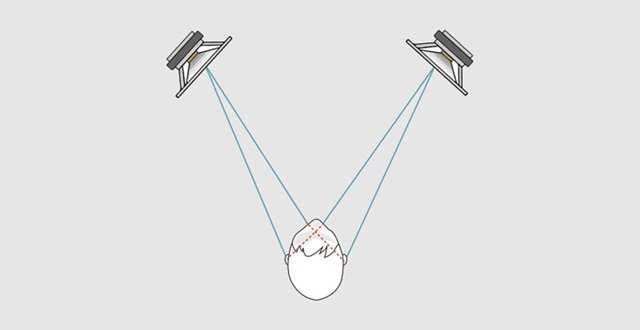
Channel string number
2. Filtering and delay
Before passing through the air and before reaching the tympanic membrane, sound waves may undergo filtering and delay effects due to the size and shape of our head and ears. The summit reaches the ear at different times and in different frequency shapes. The delay and filter will depend on the angle at which the sound is generated. When using headphones, this filtering and delaying effect is basically bypassed, and the signal is almost “plugged in†directly into our tympanic membrane (depending on the earphone type).
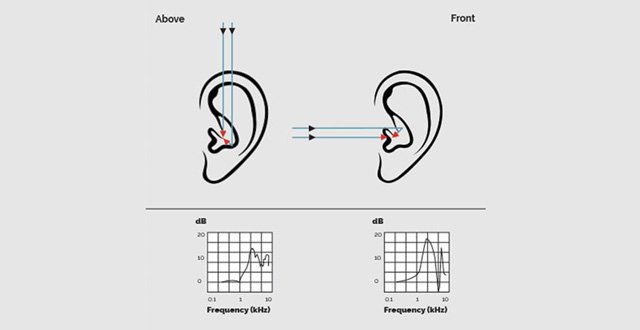
Ear Filtering: Direction-dependent frequency changes
3. Early reflection
In the real world, even the "cleanest" recording studio, the direct sound from the speakers is not the only thing that reaches the ear. Sound waves interact with the room by bounce off walls and other physical objects, producing multiple highly correlated signals from multiple directions. These are called early reflections, and then they also experience filtering and delay effects based on the direction of arrival. Our brain uses the gain, arrival time, and direction of these early reflections relative to direct sources to estimate the distance of the source and the size and acoustic properties of the listening space. Of course, the headset does not produce any of these phenomena, only the sound signal will be transmitted to the ear, without any display of how this interacts with the physical environment.
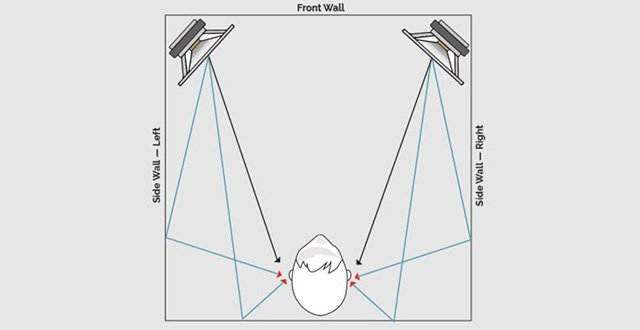
Early reflection
4. Head movement
Since all of the above phenomena depend on the direction of the sound, even a slight movement of the head causes the complete audio scene to move in the opposite direction because the outside world does not move with the movement of the head. Now, this clue is as important as any other clue, and perhaps even more important. Our brain is highly sensitive to change. It remembers the original location and current location of the sound and uses this information to locate static external sources. When using a headset, because the audio scene moves with the head, it conflicts with any previous assumptions about the location of the sound source in the brain.
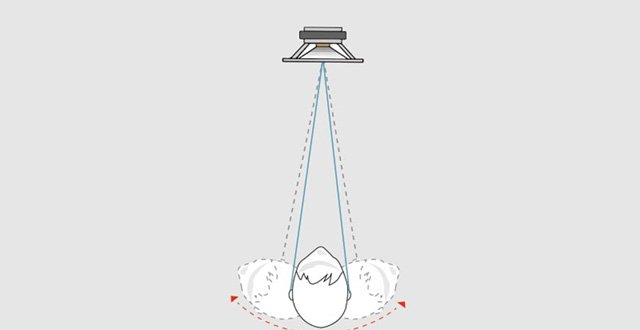
Head movement
All of the above are important clues to the use of the brain, and will constantly determine the location of the source. Our brain is not a reckless decision maker and it is not easy to fool. After hundreds of years of evolution, the ability of the brain to locate sound sources has come a long way. It is particularly important for survival to use sound to determine where the predator may be lurking or the direction of the prey. When the sound cues collide, the brain becomes confused until it finally gives up trying to locate the source, and the audio scene in our brain will also collapse.
This is the experience of listening to sound through headphones. Because of the lack of sound cues that help us locate sound sources in space, we hear sounds that appear to originate from the head. All the elements we hear are pushed in the two-dimensional lines of the ear-head-ear, not the three-dimensional space outside the head.
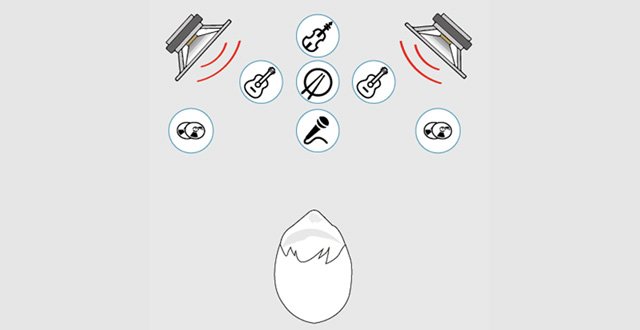
Three-dimensional image under speaker setup

A flat stereo image under normal headphone settings.
This "flat" experience of ordinary headphones can cause several negative effects:
Error or missing space image: For headphones, we either don't feel it or we can misunderstand the space intentions the artist wants to convey. Take the Beatles song "A Day in the Life" as an example. Vocal music starts from the right channel and the left piano. Then in the first quarter, they will gradually move closer until they fully blend in the second quarter. This is very important for the auditory experience. Under the speaker setup we can hear the normal conversion in the auditory space. However, "flat" headphones do not accurately restore this effect, which greatly affects the listening experience.
Wrong mixing decisions: When you mix audio on headphones, conflicting spatial sound cues cause frequency or phase differences. This may result in the recording engineer making incorrect or exaggerated equations, and/or mixing decisions.
Audible fatigue: Since the brain is not accustomed to this type of sensation, the inner ear experience produced by the earphone may cause hearing fatigue. Because the brain will constantly try to understand the spatial audio scene, this will leave the brain in a state of chaos due to missing or conflicting audio cues.
Loss of surround sound: You really can't create surround sound on ordinary headphones, mainly because they can't show a surround image of the source behind them.
To compensate for the gap between listening to sounds from an external source and listening to sounds through headphones, many startups have developed 3D audio technologies (such as Waves Nx) that algorithmically insert all of the above-mentioned missing clues into the signal to convince the brain that the sound is from Virtual speakers in space.
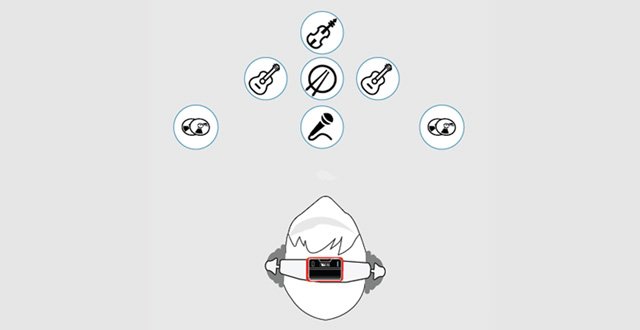
With 3D technology, headphones can achieve 3D stereoscopic images
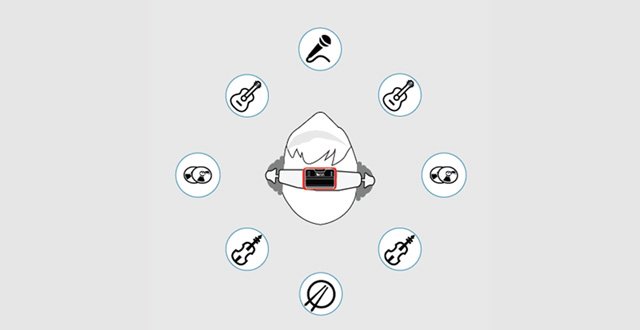
Headphones realize 3D surround image with Nx technology
3D audio technology achieves this through clever methods, adding only the required key and global sound cues to reconstruct spatial 3D audio images without modifying or coloring the sound. 3D audio technology optimizes filters and ambient sounds to create a space for transparent sounds, minimizing frequency variations so that all changes are perceived as spatially related rather than averaged. By adjusting the sound according to the movement of the user's head, the headset can achieve 3D perception without causing too much variation in the frequency response.
Function description
The socket is ordinary converter,with two output 5V2A power USB power supply at the same time,can be very convenient in use electrical appliances and recharge the equipment at the same time,such as digital products like Iphone Ipad,MP3,MP4 etc.The charge apply to full range of international AC output,no-load power consumption less than 0.3W,with short circuit,overload,over-voltage protection,can be convenient for your life and save more energy
Timer Control Time Adgustment
1.Press the power switch 1 time,the 1HOUR LED will light on.The Timer into ON mode,USB and control socket output ON .
2.Continuously press the power switch the LED light on,the Countdown mode and LED light on will cycle change from 1HR,2HR,4HR,6HR,8HR,10HR.
3.Choose you need countdown time mode,the mode LED will lighto on,start countdown until countdown time finish,the control output and USB change to OFF
4.Then the countdown is start,The Time indicate LED will from high to low auto change until Countdown finish off.
Failure analysis:
1.check whether the power supply connection is good
2.check whether the USB cable is loosen
Warning Note:
1.Use indoor and dry location ONLY
2.The load max does not exceed 15A 3600W
3.This product does not convert voltage please do not miss use DO NOT exceed the maximum loading of 3600 Watts 15A
4.Always have earth connection for safety reason
5.If in doubt please consult with a qualified electrician
USB countdown timer, USB countdown timer socket, USB timer, USB charger timer, USB timer socket
NINGBO COWELL ELECTRONICS & TECHNOLOGY CO., LTD , https://www.cowellsocket.com